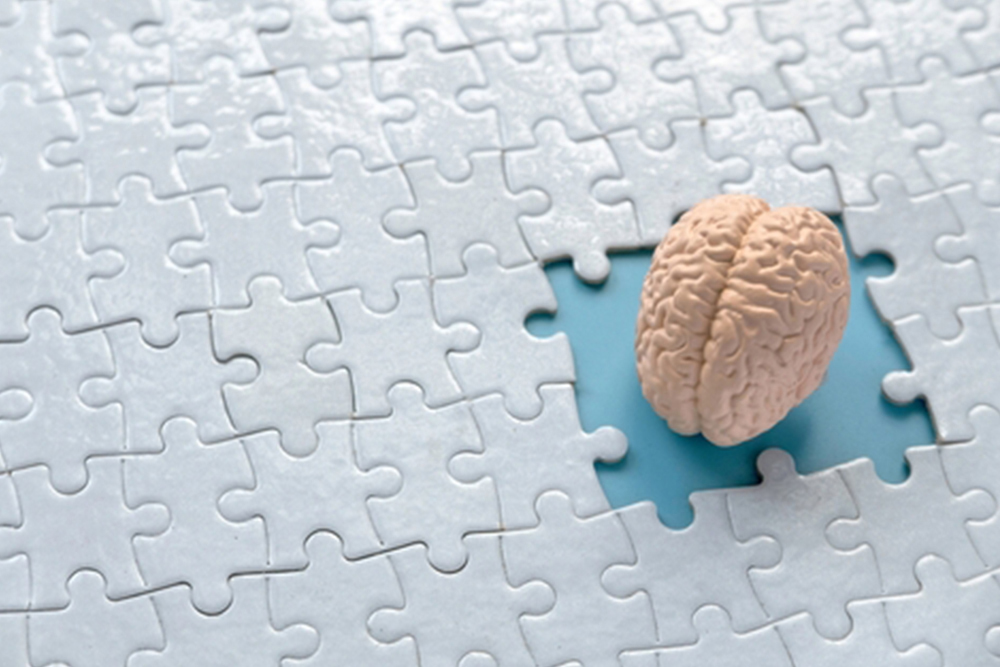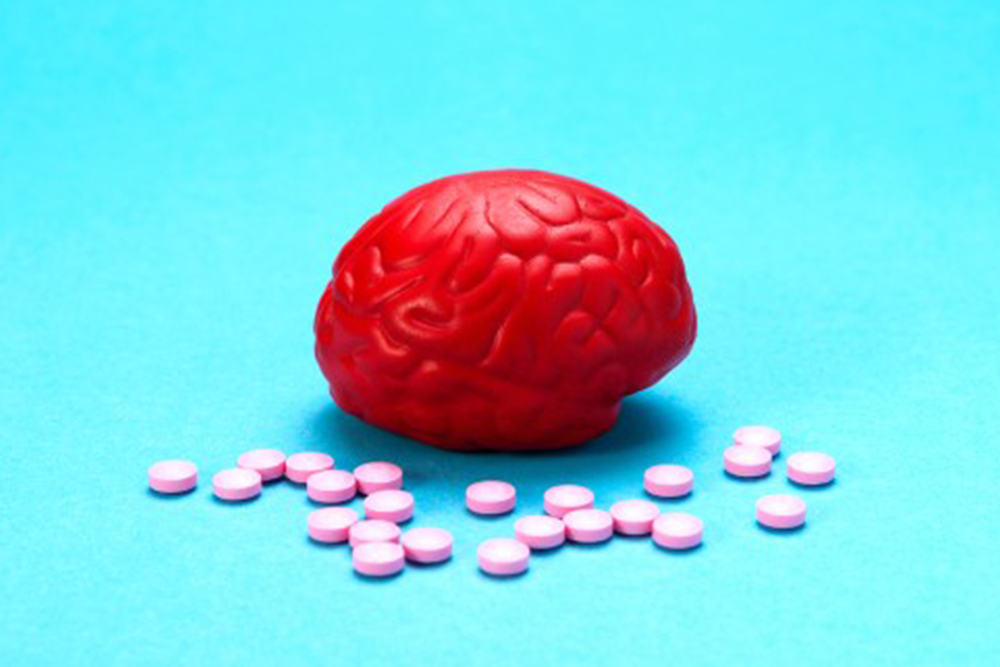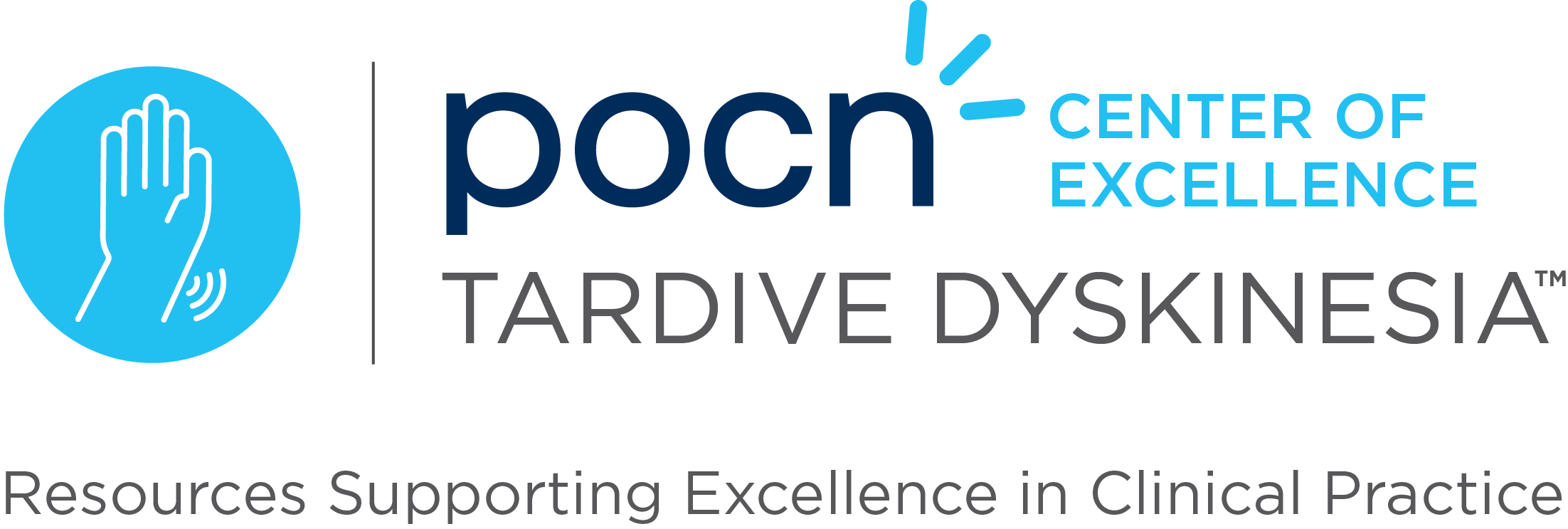Electroconvulsive Therapy: A Promising Alternative for Movement Disorders

Electroconvulsive therapy (ECT), traditionally used for psychiatric disorders, is increasingly recognized for its efficacy in managing movement disorders, even without psychiatric comorbidities.
Understanding Extrapyramidal System Dysfunction: Causes, Symptoms, and Advances in Treatment

The extrapyramidal system, a complex neural network that coordinates involuntary movements and postural adjustments, plays a vital role in maintaining balance and smooth motor functioning. Centered around the basal ganglia, it fine-tunes motor signals between the cortex and thalamus, suppressing unnecessary movements.
Study Highlights Major Impact of Tardive Dyskinesia, Urges Greater Awareness and Early Intervention

Researchers of a study aimed to evaluate the broad impact of tardive dyskinesia (TD) on patients’ physical, emotional, and social functioning.
VMAT1 and VMAT2 Key to Neurotransmitter Packing, Opening Avenues for Neurological Treatments

The vesicular monoamine transporters, VMAT1 and VMAT2, play crucial roles in packing neurotransmitters into synaptic vesicles, essential for neurotransmission and protecting cells from toxic cytosolic monoamines. While VMAT1 is primarily found in neuroendocrine cells, VMAT2 is predominant in the central nervous system and is implicated in various neurological and psychiatric disorders, including Parkinson’s disease and schizophrenia. VMAT2’s function in dopaminergic neurons is particularly significant, as it helps prevent oxidative stress by sequestering dopamine into vesicles, thereby reducing the production of harmful reactive oxygen species.
Differentiating Lithium-Induced Versus Antipsychotic-Induced Tremors May be Crucial for Treatment

Tremors are neurological conditions marked by rhythmic shaking due to involuntary muscle contractions, which can arise from various causes, including drug use, medical conditions like multiple sclerosis or Parkinson’s disease, and substance abuse. Lithium-induced tremors, a type of postural tremor, are common early in treatment and often present as fine hand tremors, particularly in older patients. Differentiating these from extrapyramidal tremors, caused by antipsychotic medications, is crucial for proper management, as each type has distinct underlying mechanisms and treatment approaches.
Study Finds D1 Receptors Key to Antipsychotic Effectiveness, Paving the Way for Better Schizophrenia Treatments

Scientists at Northwestern Medicine have found that antipsychotic medications’ effectiveness in treating schizophrenia is better predicted by their interaction with D1 dopamine receptor-expressing neurons rather than D2 receptors, challenging existing beliefs. Current antipsychotic drugs, which are widely used but often ineffective for many patients and associated with serious side effects like tardive dyskinesia and parkinsonism, were thought to primarily target D2 receptors. However, this new research indicates that their efficacy is more closely related to their effect on D1 receptors in the brain’s striatum, fundamentally changing the understanding of the neural mechanisms underlying psychosis.
Case Study: Methotrexate-Linked Oromandibular Dystonia in a 70-Year-Old Male

Oromandibular dystonia is a focal dystonia involving involuntary movements of the jaw, lips, tongue, and oropharynx, often affecting speech and eating. The diagnosis is clinical and can be challenging. A 70-year-old male with a history of psoriatic arthritis treated with methotrexate developed oromandibular dystonia, initially diagnosed as Meige’s syndrome. The patient’s condition improved significantly after switching from methotrexate to sulfasalazine and receiving botulinum toxin-A (BoNT-A) injections, suggesting a possible link between methotrexate and the dystonia.
Study Reveals Overprescription of Benztropine for Movement Disorders, Urges Better Guideline Adherence

Benztropine, an anticholinergic medication, is prescribed short-term for drug-induced movement disorders but can worsen tardive dyskinesia symptoms. Researchers of a study analyzed a large US medical claims database, identifying over 100,000 patients who began benztropine treatment between 2017-2020, and surveyed 350 healthcare providers about their prescribing habits.
Study Highlights Challenges in Treating Tardive Dyskinesia in Japan

Tardive dyskinesia (TD) significantly impacts patients’ daily life activities and quality of life. Several risk factors for TD have been identified, including older age, female gender, prolonged use and higher doses of antipsychotics, a history of extrapyramidal symptoms (EPS), and the use of first-generation antipsychotics (FGAs). Although second-generation antipsychotics (SGAs) pose a lower risk, it still exists. Polypharmacy and mood disorders further increase the risk of TD; however, there is limited data on TD in Japan.
Exploring the Impact of Tardive Dyskinesia on Physical and Psychological Well-Being

This brief video explores tardive dyskinesia (TD) and its profound effects on both physical and psychological well-being. Involuntary movements can cause localized pain and lead to feelings of sadness, depression, and anxiety. These symptoms can diminish self-esteem, create feelings of hopelessness, and result in a loss of purpose. Social stigma further exacerbates these issues, as individuals with TD might be identified as mentally ill, affecting their mental health and leading to increased isolation.

